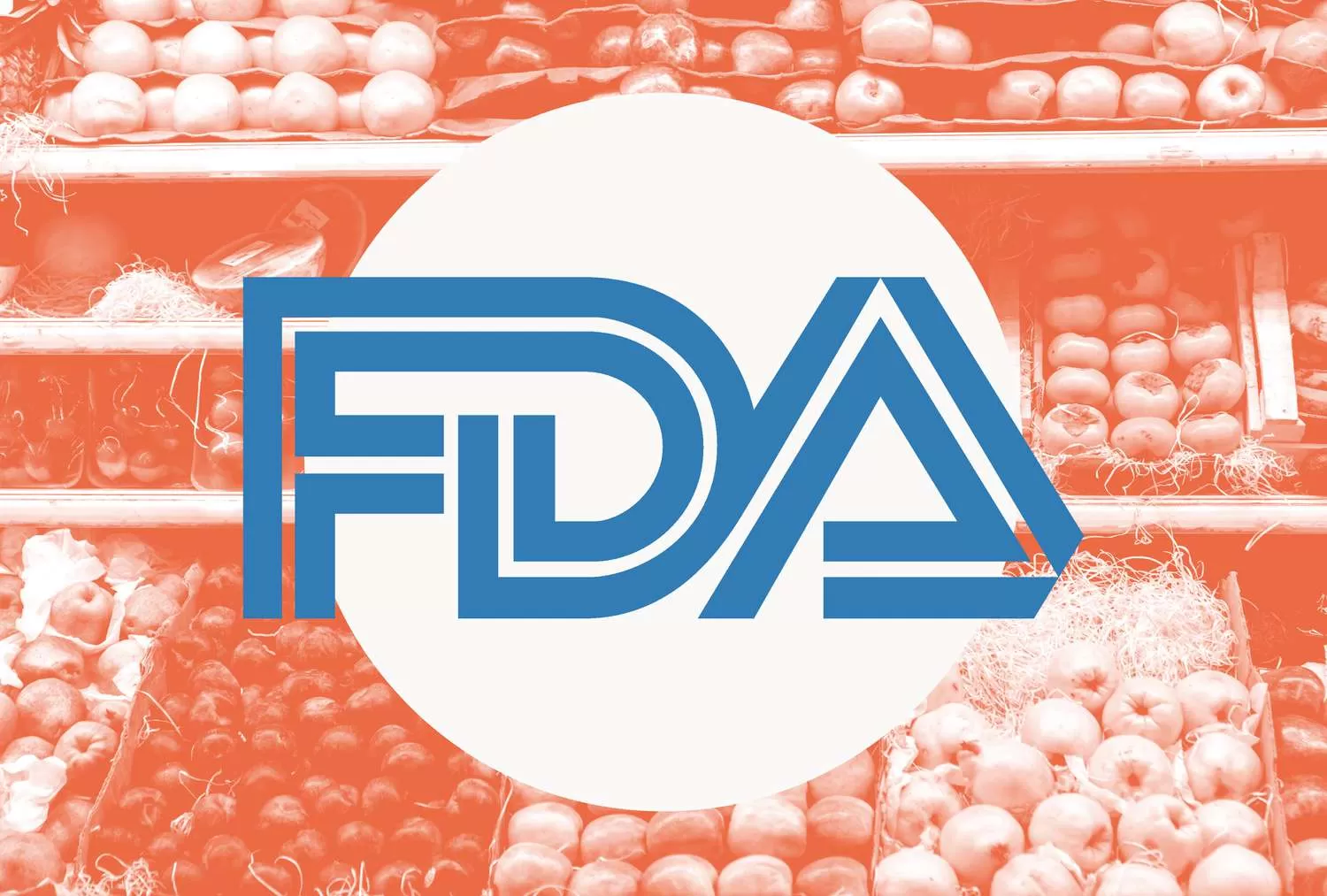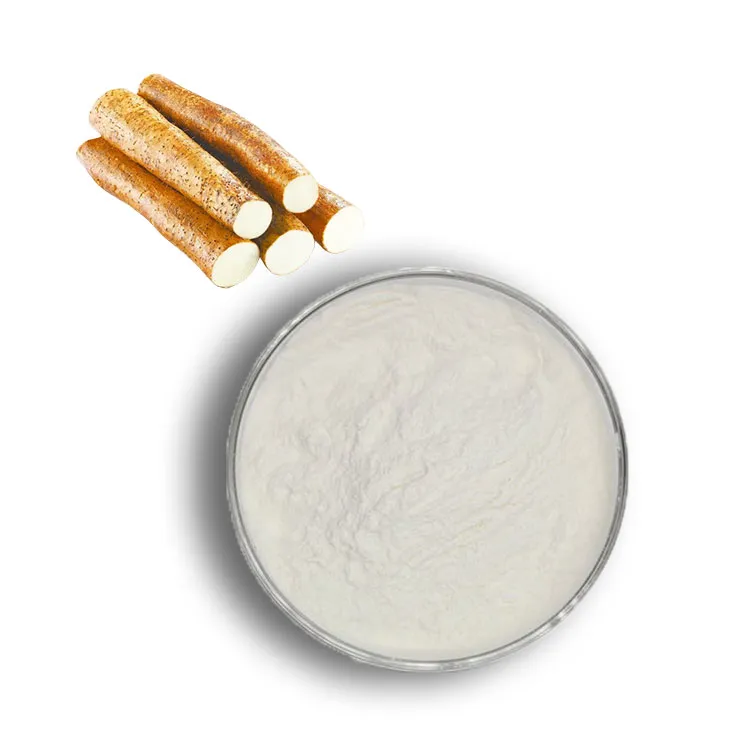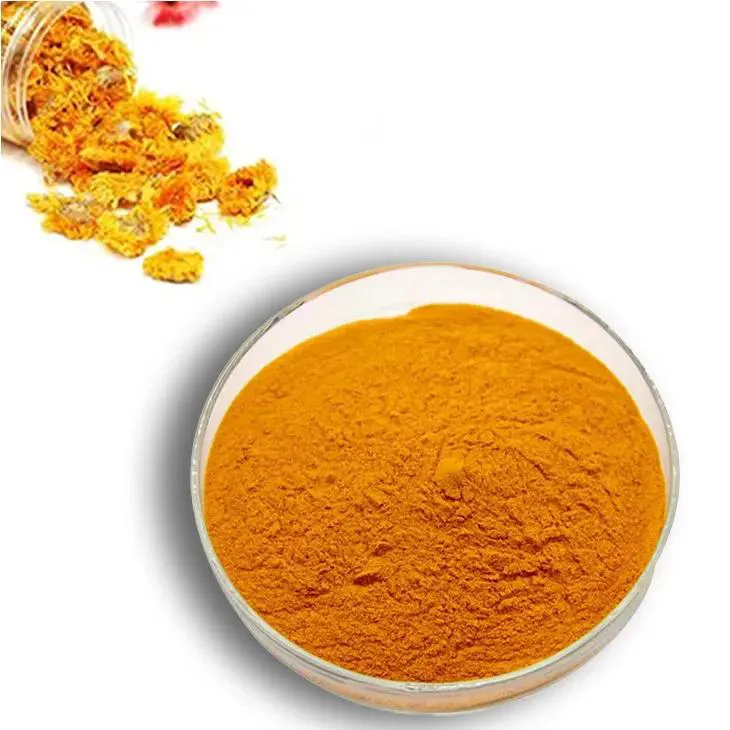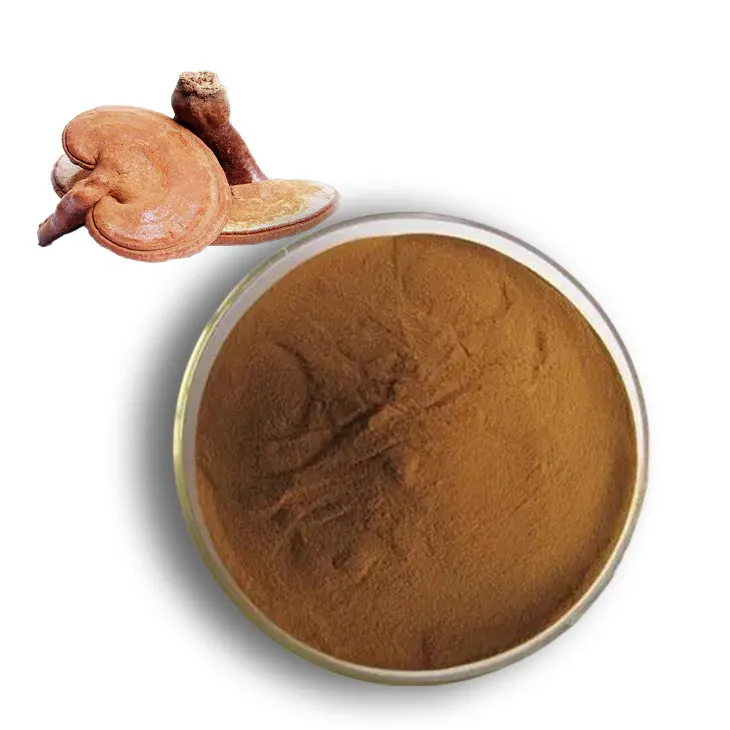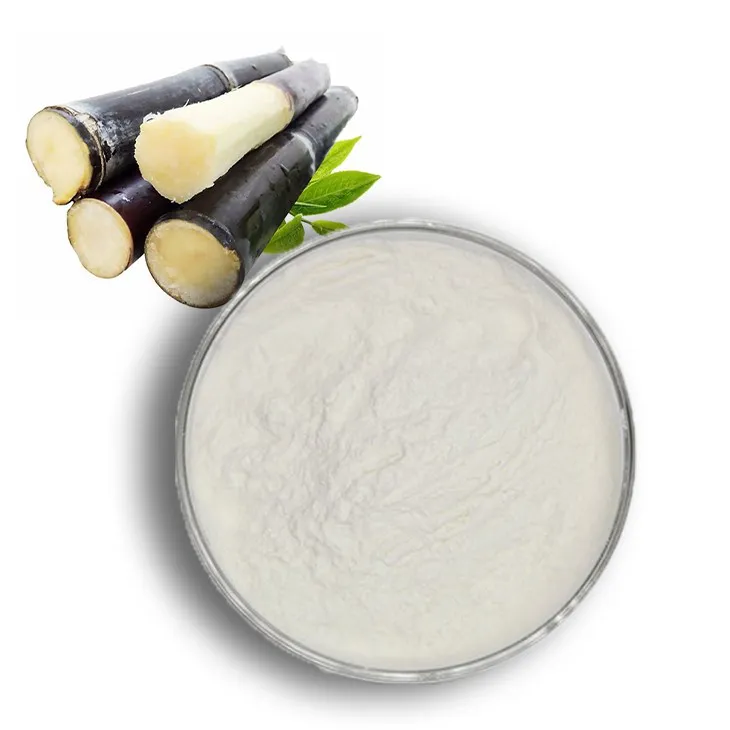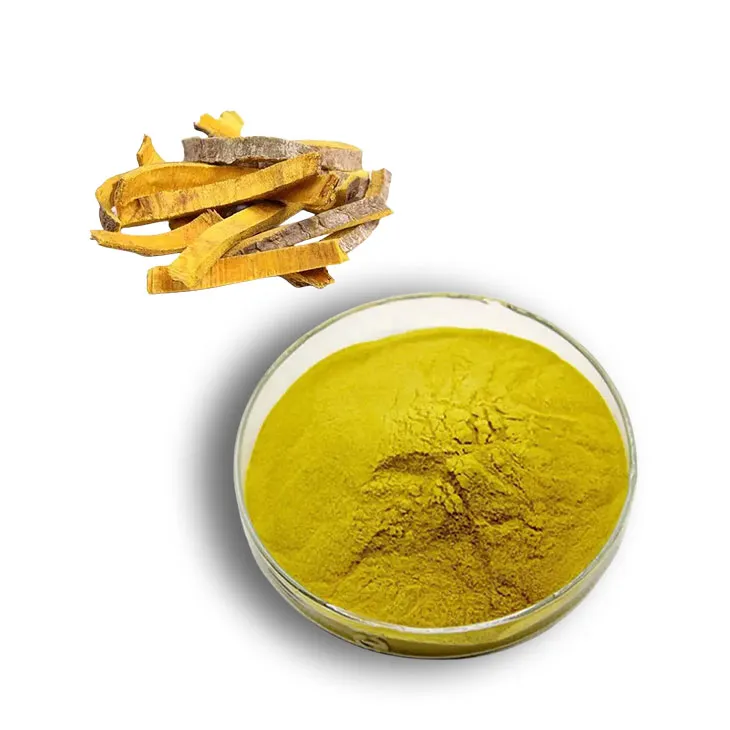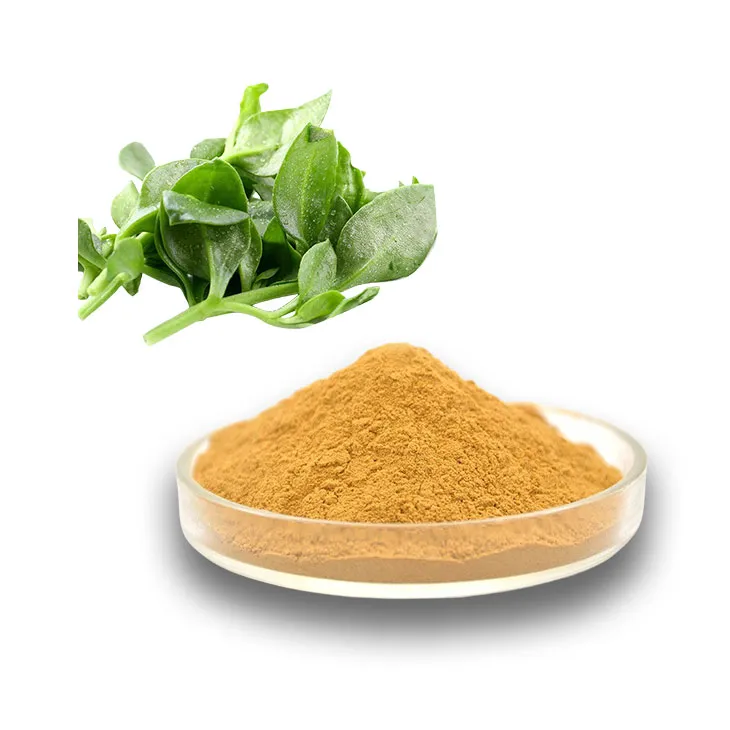- 0086-571-85302990
- sales@greenskybio.com
What Are the Side Effects of Blue Light Therapy?
2025-06-07
Blue light therapy has become an increasingly popular medical and cosmetic treatment, offering promising results for a range of conditions—from acne and certain skin disorders to seasonal affective disorder and even some forms of cancer. As with any intervention, it is crucial to understand not only the benefits but also the potential side effects and risks involved. This article provides a thorough exploration of the side effects of blue light therapy, helping patients and clinicians make informed decisions about its use.
Understanding Blue Light Therapy
Blue light therapy utilizes light at specific visible blue wavelengths, typically between 415 to 495 nanometers, to penetrate the skin. It is widely used for treating acne vulgaris, thanks to its ability to destroy acne-causing bacteria (Propionibacterium acnes or Cutibacterium acnes). Beyond dermatology, blue light therapy is employed for the management of psoriasis, eczema, actinic keratosis, and some mental health conditions, such as depression and sleep disorders.
Despite its many advantages, blue light therapy is not entirely without risks. Side effects vary depending on the application, individual sensitivity, dosage, duration of exposure, and whether therapy is provided in a clinical setting or at home. Below, we discuss the most common and some less common adverse effects.
Common Short-Term Side Effects
1. Skin Redness and Irritation
Mild redness (erythema) and irritation are among the most frequently reported effects following blue light exposure. The treated area may appear flushed or slightly swollen for several hours post-therapy. This temporary reaction is similar to mild sunburn and usually resolves without intervention.
2. Dryness and Peeling
Following treatment, patients may notice dryness, tightness, flaking, or peeling of the skin, particularly in cases where blue light is used for acne or other dermatological conditions. These symptoms tend to subside within a few days but can be bothersome in the interim.
3. Itching or Burning Sensation
Some individuals report transient itching, stinging, or burning sensations in the area exposed to blue light. These effects are typically mild and short-lived but can cause discomfort, especially in those with sensitive skin or pre-existing dermatological disease.
4. Increased Photosensitivity
Blue light therapy may enhance the skin's sensitivity to sunlight and other forms of artificial light for several hours or even days after treatment. This can elevate the risk of sunburn or photodamage unless appropriate sun protection measures are taken, such as the application of broad-spectrum sunscreen or wearing protective clothing outdoors.
Less Common or Severe Side Effects
1. Hyperpigmentation or Hypopigmentation
In rare cases, individuals may develop changes in skin color after multiple sessions, manifesting as darker spots (hyperpigmentation) or lighter patches (hypopigmentation). The risk is higher in individuals with darker skin tones, or for those who have an underlying history of pigmentary disorders.
2. Blistering or Crusting
More intense or prolonged exposure to blue light, or improper use of at-home devices, can sometimes cause blistering, scabbing, or crusting of the skin. These reactions are uncommon and often resolve within several days or weeks, but they may require medical attention if severe.
3. Photosensitive Reactions
Certain medications—such as some antibiotics, antifungals, and non-steroidal anti-inflammatory drugs—can increase skin sensitivity to light. If blue light therapy is administered to a person taking photosensitizing medications, there is a potential for exaggerated adverse reactions, including rashes or severe burns.
4. Eye Discomfort or Damage
Direct exposure of the eyes to blue light can cause discomfort, dryness, or in rare cases, retinal injury, especially with high-intensity or prolonged exposure. As a precaution, protective goggles are routinely provided during professional therapies. At-home device users must strictly adhere to manufacturer safety guidelines to avoid ocular complications.
5. Worsening of Skin Symptoms
Though rare, some patients with underlying dermatologic conditions, such as eczema or psoriasis, may experience a temporary worsening of symptoms, particularly if blue light is improperly used or the treatment regimen is not tailored to the individual’s specific needs.
Controversial and Long-Term Effects
The majority of research on blue light therapy supports its safety for short-term, supervised use. However, less is known about the long-term consequences of repeated blue light exposure. Some emerging studies raise concerns about long-term photodamage and its potential to contribute to premature skin aging. Additionally, while blue light from electronic devices is of much lower intensity than therapy devices, cumulative exposure has prompted questions about possible retinal strain and visual fatigue—issues more relevant to screen use than clinical treatments.
Minimizing Side Effects and Safe Use
To reduce side effects, blue light therapy should always be conducted under professional supervision, particularly for medical conditions. It is crucial for patients to disclose all current medications, as well as any pre-existing skin or eye conditions, to their healthcare provider before commencing therapy. Protective measures—such as the use of goggles, broad-spectrum sunscreens, and post-treatment moisturizers—are highly recommended. If using at-home devices, carefully follow all safety instructions and avoid overuse or off-label applications.
Who Should Avoid Blue Light Therapy?
Certain populations should exercise caution or avoid blue light therapy altogether, including:
- Individuals with a known sensitivity to light (photosensitivity)
- Those with a history of skin cancer or pre-malignant lesions
- People taking photosensitizing medications
- Patients with severe, uncontrolled dermatologic conditions
- Small children (unless prescribed and supervised by a specialist)
Conclusion
Blue light therapy offers an array of benefits for skin, mood, and general health but, like any medical intervention, it is not free of side effects. Most adverse reactions—such as redness, dryness, and mild discomfort—are transient and manageable, especially with professional oversight and adherence to best practices. However, patients should remain vigilant for unusual or prolonged symptoms and consult their healthcare provider if uncertain. As research continues, our understanding of blue light’s benefits and risks will become clearer, guiding safer and more effective use of this innovative therapy.
- ▶ Hesperidin
- ▶ citrus bioflavonoids
- ▶ plant extract
- ▶ lycopene
- ▶ Diosmin
- ▶ Grape seed extract
- ▶ Sea buckthorn Juice Powder
- ▶ Beetroot powder
- ▶ Hops Extract
- ▶ Artichoke Extract
- ▶ Reishi mushroom extract
- ▶ Astaxanthin
- ▶ Green Tea Extract
- ▶ Curcumin Extract
- ▶ Horse Chestnut Extract
- ▶ Other Problems
- ▶ Boswellia Serrata Extract
- ▶ Resveratrol Extract
- ▶ Marigold Extract
- ▶ Grape Leaf Extract
- ▶ Coix Seed Extract
- ▶ Aminolevulinic acid
- ▶ Cranberry Extract
-
What is the strongest herb for arthritis?
2025-06-07
-
The Best Supplements for Knee and Joint Pain
2025-06-07
-
Yam Extract
2025-06-07
-
Camu Camu Extract
2025-06-07
-
Marigold Extract
2025-06-07
-
Reishi mushroom extract
2025-06-07
-
Sugarcane Extract
2025-06-07
-
Phellodendron Extract
2025-06-07
-
Andrographis Paniculata Extract Powder
2025-06-07
-
Cocoa Extract
2025-06-07
-
Curcumin Extract
2025-06-07
-
Milk Thistle Extract
2025-06-07











